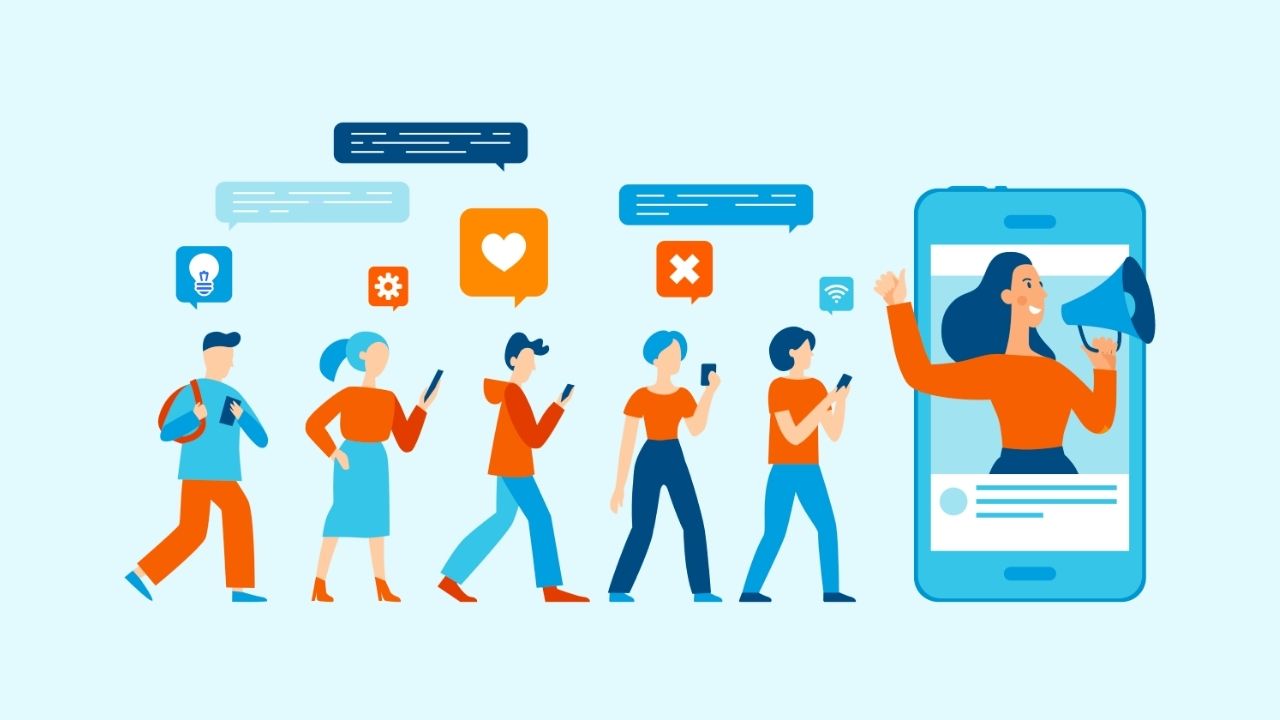Most influencer marketing reports that are published provide insights shared by internal marketing teams of large organizations. They typically offer what marketers have budgeted for influencer marketing in the past year and how they plan to spend the following year. They will give the top channels, strategies, and platforms to connect with influencers.

These influencer marketing reports will also give tips on working with influencers and what kind of campaigns have been most successful. All of this information can be helpful when trying to create your influencer marketing strategy.
Onalytica’s Influencer Marketing Report is different because it’s based on data from technology influencers. They answered unique questions about how they prefer to work with brands, what they enjoy doing, and their previous experiences. I wanted to talk about a couple of things.
What’s included in the influencer marketing report
First, I have been quite annoyed, and maybe annoyed is too dramatic of a word, about the lack of visibility that B2B influencer marketing gets from traditional media. But I get it, the media is obsessed with Snapchat, TikTok, and Instagram and all the beautiful models, abs, eyelashes, aesthetic feeds, private jets, and celebrity dance routines.
I get it.
Either they don’t realize or care about the investments technology, and B2B companies make in influencer marketing. I would bet that it’s almost at the same level as what consumer brands are spending. I would go out on a limb and say that B2B companies spend more per transaction because the deal sizes are much larger.
But alas, I don’t control the media, so we will just have to continue to produce our content and hope they eventually catch on.
And before I jump off my soapbox, let me just say that when B2B influencer marketing is done correctly, the shelf life of influencer content lives forever on the internet. In other words, if you were to activate influencer programs in Q1, as an example, you can potentially reap the benefits of organic search and visibility for years. And we all know that B2B buyers spend a high percentage of their journey searching for information on Google.
How would this happen?
Well, smart marketers are asking influencers to post on their social media channels and write blogs and YouTube videos and create other forms of long-form content. Once the content is indexed by Google, the search results will follow.
So when a buyer goes to Google and types in “Best CRM for Small Businesses,” they will see not only blogs but also videos, infographics, and social media posts from the influencers.
OK, so on to the B2B influencer marketing report.
One data point that caught my eye was that 72% of the influencers say that they would be willing to work with the brand for free. Here’s another one that made me laugh. 28% of influencers prefer to be contacted by the brand’s marketing or communications team, and only 4% like to be contacted by an agency.
I don’t know if I need to be offended by this or not.
The reason why influencers prefer to talk directly with brands is that most brands won’t negotiate. As someone representing several enterprise technology companies, I am the chief negotiator regarding rates and program requirements. And, when the influencer programs are successful, I go back again, and again and again … to the same influencers. So technology influencers should want to work with agencies simply because of the diversity of the clients they represent.
And lastly, 70% of influencers who think brands do lots of research consider their campaigns very successful.
This is given some influencer programs don’t even require PR outreach or activation. Researching and understanding the top influencers in a specific vertical or industry and studying their habits, behaviors, and conversation trends is enough.
But it doesn’t stop there. Innovative and sophisticated technology brands are applying that influencer intelligence to how they “go to market” with digital marketing campaigns, brand messaging, the narrative, and their overall content marketing efforts. Doing this will enable them to become more relevant if they can get ahead of the conversational trends before they become buzzwords.
I highly recommend that if you work in B2B or for a technology company to, you read this report because it’s almost a blueprint on how you might want to plan your activities and engagement with influencers.
The last point I want to make, which is kind of related to my first point is about Onalytica.
If you don’t know Onalytica, They are the only influencer marketing platform for B2B marketers. Not only do they have a robust discovery engine, but they can analyze influencer conversations around topics of your choice. I’ve tried almost every influencer marketing software on the planet, and Onalytica is the only one in the market today serving the B2B space.
I have compiled similar information on influencer marketing for B2C companies, if you are interested.
Take a look at these B2B social media marketing best practices. It’s a guide that will help you use data and document the right plan to grow your business on social media.
